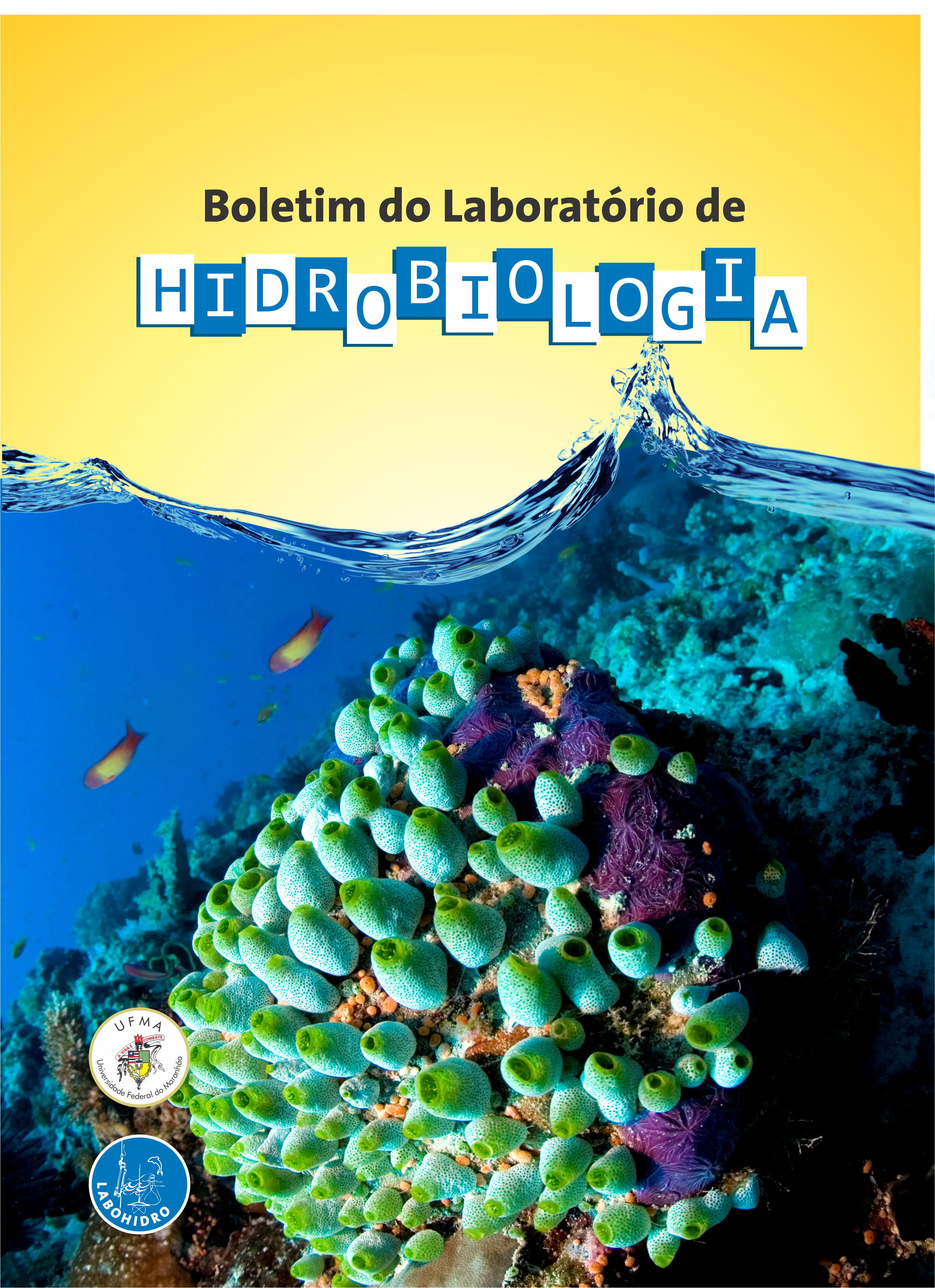MARINE MACROALGAE FROM PANAQUATIRA BEACH, COASTAL AREA OF SÃO JOSÉ DE RIBAMAR, COAST OF MARANHÃO
DOI:
https://doi.org/10.18764/1981-6421e2023.10Keywords:
Algae, Ficoflora, Coastal regionsAbstract
Coastal areas play an important role of connection and energy exchange between marine and terrestrial ecosystems, because they are transition regions and it is in these marine and coastal environments that it is possible to observe the occurrence of marine macroalgae. The samples were collected in the months Nov/17, in the dry season (PE), Feb/18 transition period (PT) and Apr/18 in the rainy season (CP). The study was conducted on the beach of Panaquatira, in the Estuarine Complex of São José (CESJ) – MA. The physicochemical data and nutrients of the seawater and the macroalgae collected in the rocky outcrops of Panaquatira beach, packed in jars and transported to the Laboratório de Biologia Vegetal e Marinha (LBVM/UEMA) and kept in freezer. Subsequently, screening was performed in order to isolate genera and species and taxonomic identification was performed with the aid of specialized literature. Similarity analysis, Jaccard similarity and analysis of variance were performed as statistical treatment. Salinity is one of the physicochemical variables that most influence the functional responses of organisms, being higher in drought. There were significant differences in salinity, pH, water transparency, turbidity and water temperature (p<0.05). For the nutrients, ammonia, nitrate, total nitrogen, total phosphorus, phosphate and silicate samples were significantly different. A total of 23 macroalgal taxa were identified on Panaquatira beach, with the Phylum Rhodophyta (76%) being the most representative. As for the similarity, there was an association between the sampling points, with greater similarity to drought and transition (82%). Most algae identified with red algae that are indicators of clean water in protected environments and without impacts.
Downloads
References
AZEVEDO-CUTRIM, A.C.G. de. Estrutura e dinâmica da comunidade fitoplanctônica no Golfão Maranhense – Brasil. Recife. Tese (Doutorado) – Universidade Federal de Pernambuco. CTG. Oceanografia, 2008. 147 p.
BUGS, L.C; CUPERTINI, P.M.; WOLF, T.C. & TREICHEL, H. Uso da Biomassa de Algas como Biossorvente para remoção de Metais Pesados: Uma Revisão. Revista CIATEC – UPF, vol.10 (1), p.p.53-67, 2018.
CORDEIRO-MARINO, M. Rodofíceas bentônicas marinhas do Estado de Santa Catarina. Rickia, v. 7, mar., 1978
FAVERI, C. de; MARTINS, R. Macroalgas bentônicas da zona das entremarés em costões rochosos da praia da Ribanceira, Imbituba, Santa Catarina. Anais do IX Congresso de Ecologia do Brasil, 13 a 17 de Setembro de 2009, São Lourenço – MG, 2009.
GAMA, L.R M.; SOUSA, M.M.; ALMEIDA, I.C.S.; CARIDADE, E.O.; FERREIRA-CORREIA, M.M. & TERCEIRO, A.M. Microfitoplâncton das Baías do Golfão Maranhense e Litoral Oriental do Estado do Maranhão. Boletim do Laboratório de Hidrobiologia, 24(1):13-26. São Luís, Maranhão, 2011.
MAXIMO, L.N. Estrutura e dinâmica de populações e comunidades de macroalgas em ambientes recifais da Paraiba. Dissertação (Mestrado) Universidade Federal da Paraíba. João Pessoa, 2015.
NASSAR, C. Macroalgas marinhas do Brasil: Guia de campo das principais espécies. 1 ed. Rio de Janeiro: Technical Books, 2012.178p.
VASCONCELOS, E.R.T.P.P; REIS, T.N.V.; GUIMARÃES-BARROS, N.C.; SOARES, L.P.; MIRANDA, G.E.C. & COCENTINO, A.L.M. Métodos de amostragem para comunidades de macroalgas marinhas em recifes de arenito. Revista Brasileira de Engenharia de Pesca 6(1): 17-29. 2011.
Downloads
Published
How to Cite
Issue
Section
License
Copyright (c) 2024 Boletim do Laboratório de Hidrobiologia

This work is licensed under a Creative Commons Attribution 4.0 International License.





